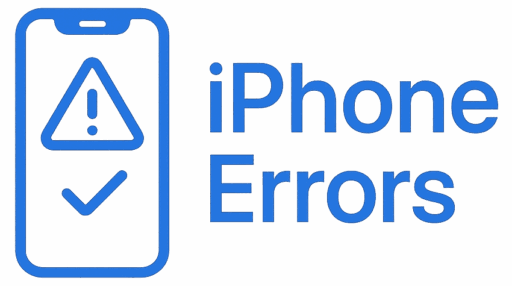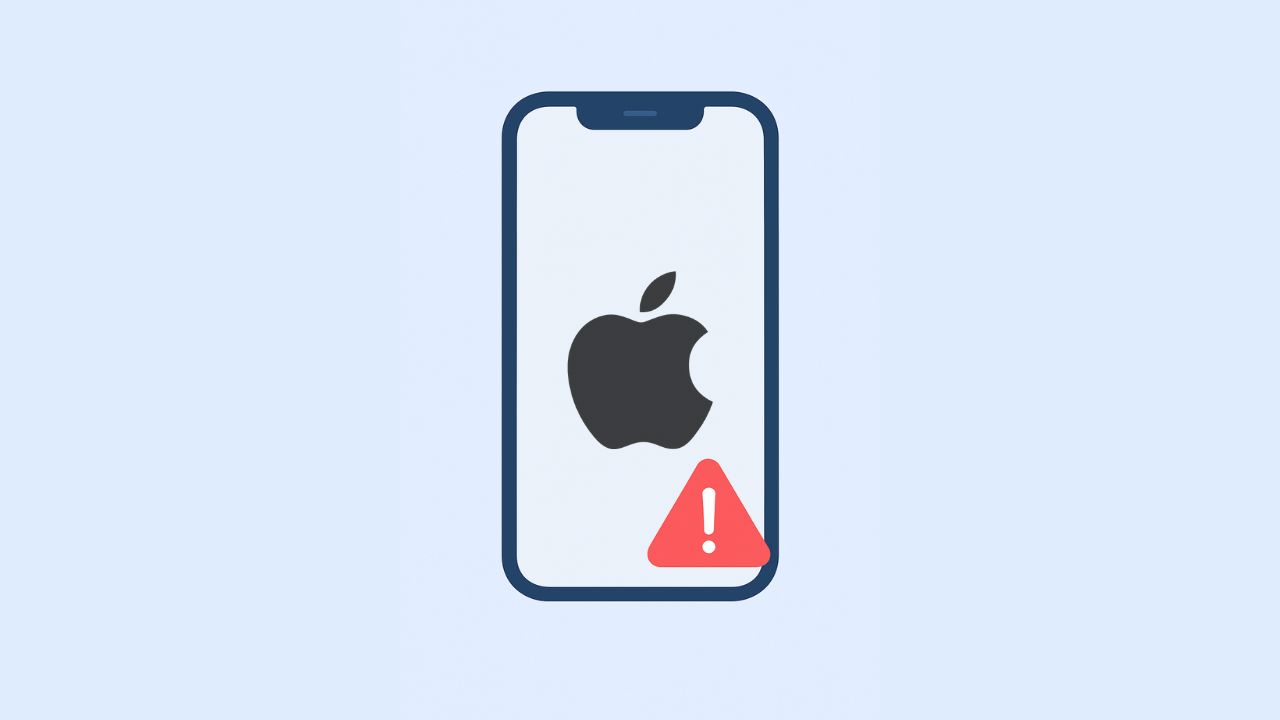You power up your iPhone, expecting it to start normally, but instead, it’s frozen on the Apple logo. This common issue often happens after a jailbreak, iOS restore, or failed software update.
In this 2025 guide, we’ll break down why your iPhone gets stuck on the Apple logo after jailbreak or restore and walk you through step-by-step solutions—from simple restarts to deep system recovery.
We’ll also cover what not to do, especially when dealing with jailbroken devices, so you can protect your data and get your iPhone back up and running safely.
1. Why iPhones Get Stuck on the Apple Logo After Jailbreak or Restore
When your iPhone powers on, iOS performs a quick hardware and software check before booting. But if that process fails—due to corrupted system files, incomplete updates, or incompatible jailbreak tweaks—your device freezes mid-boot.
Common Causes:
- Incomplete iOS restore – often due to unstable Wi-Fi or USB connection during the process.
- Failed jailbreak attempt – unauthorized modifications can break system integrity.
- Corrupted firmware – happens if iOS wasn’t properly verified or installed.
- Incompatible iOS version – restoring a backup from a different iOS build may trigger errors.
- Hardware failure – rare, but faulty storage or logic board can also cause this.
Pro Tip: Jailbreaking modifies your device’s root system files. Even small tweaks can lead to critical boot errors.
2. Quick Fixes Before Going Deeper
Force Restart Your iPhone
Sometimes, a simple forced reboot can kick the system out of a boot loop.
- iPhone 8 or later: Quickly press Volume Up, then Volume Down, then hold Power (Side) until the Apple logo reappears.
- iPhone 7 / 7 Plus: Hold Volume Down + Power until you see the logo.
- iPhone 6s or earlier: Hold Home + Power until the screen restarts.
If it restarts successfully, check for pending iOS updates before reconnecting your device to iTunes or Finder again.
3. Boot into Recovery Mode and Restore iOS
If a force restart doesn’t help, try Recovery Mode, Apple’s built-in rescue option.
- Connect your iPhone to a Mac or PC via USB.
- Open Finder (macOS Catalina+) or iTunes (Windows/macOS Mojave and earlier).
- Follow these steps to enter Recovery Mode:
- iPhone 8 or later: Press Volume Up → Volume Down → hold Power until you see the recovery screen.
- iPhone 7 series: Hold Volume Down + Power until recovery mode appears.
- iPhone 6s or earlier: Hold Home + Power.
- You’ll see two options: Update or Restore.
- Try Update first (preserves data).
- If it fails, choose Restore (erases data, but gives a clean iOS install).
Note: Use official Apple firmware (IPS files) that matches your exact model and iOS version to prevent compatibility issues.
4. Use DFU Mode for Deep Recovery
If Recovery Mode fails, DFU (Device Firmware Update) mode goes deeper.
It completely reloads your firmware and software, bypassing corrupted boot loaders.
Steps:
- Connect iPhone to your computer.
- Open Finder or iTunes.
- Follow your device-specific steps:
- iPhone 8 and later: Press Volume Up → Volume Down → then hold Power for 10s, then press Volume Down while holding Power for another 5s, release Power but keep holding Volume Down for 5 more seconds.
- iPhone 7/7 Plus: Hold Power + Volume Down for 8s, release Power but keep holding Volume Down until Finder/iTunes detects the device.
- Choose Restore iPhone to reinstall iOS from scratch.
Warning: DFU restore erases all data on the device. Use this as a last resort.
5. If You Jailbroke Your iPhone
Revert Jailbreak
Jailbreak tools (like checkra1n, palera1n, unc0ver) often cause system instability.
- Boot into Safe Mode if available.
- Uninstall incompatible tweaks.
- Use your jailbreak tool’s built-in “Restore RootFS” or “Unjailbreak” option if possible.
Reinstall iOS Manually
After un-jailbreaking, reinstall the latest official iOS using iTunes or Finder.
Important: Restoring from a jailbroken backup may reintroduce corrupted system files. Set up as New iPhone instead.
6. Hardware-Related Issues
If all software recovery steps fail, you may be facing a hardware fault:
- Damaged NAND storage or logic board.
- Loose or corroded connectors.
- Previous unauthorized repairs.
Book a repair at Apple Authorized Service or a trusted repair center to diagnose hardware issues.
7. Preventing Future Boot Loops
- Always back up before installing iOS updates.
- Avoid jailbreaking—especially on major iOS versions.
- Use official Apple cables for data transfer.
- Regularly check battery health and storage capacity.
- Keep your system and apps updated to avoid firmware corruption.
8. Related Resources
- 🔗 The Complete Guide to Fixing iPhone Stuck on Apple Logo (2025 Edition)
- 🔗 iPhone Charging Port Not Working? 10 Easy Fixes You Can Try at Home
- 🔗 How to Transfer iPhone to iPhone Without iCloud (2025 Complete Guide)
Disclaimer
This article is intended for informational and educational purposes only. Jailbreaking or unauthorized modifications to iOS may void your warranty or damage your device. Proceed at your own risk. iPhoneErrors.com is not responsible for data loss or hardware damage resulting from user actions described in this guide.


Leave a Reply